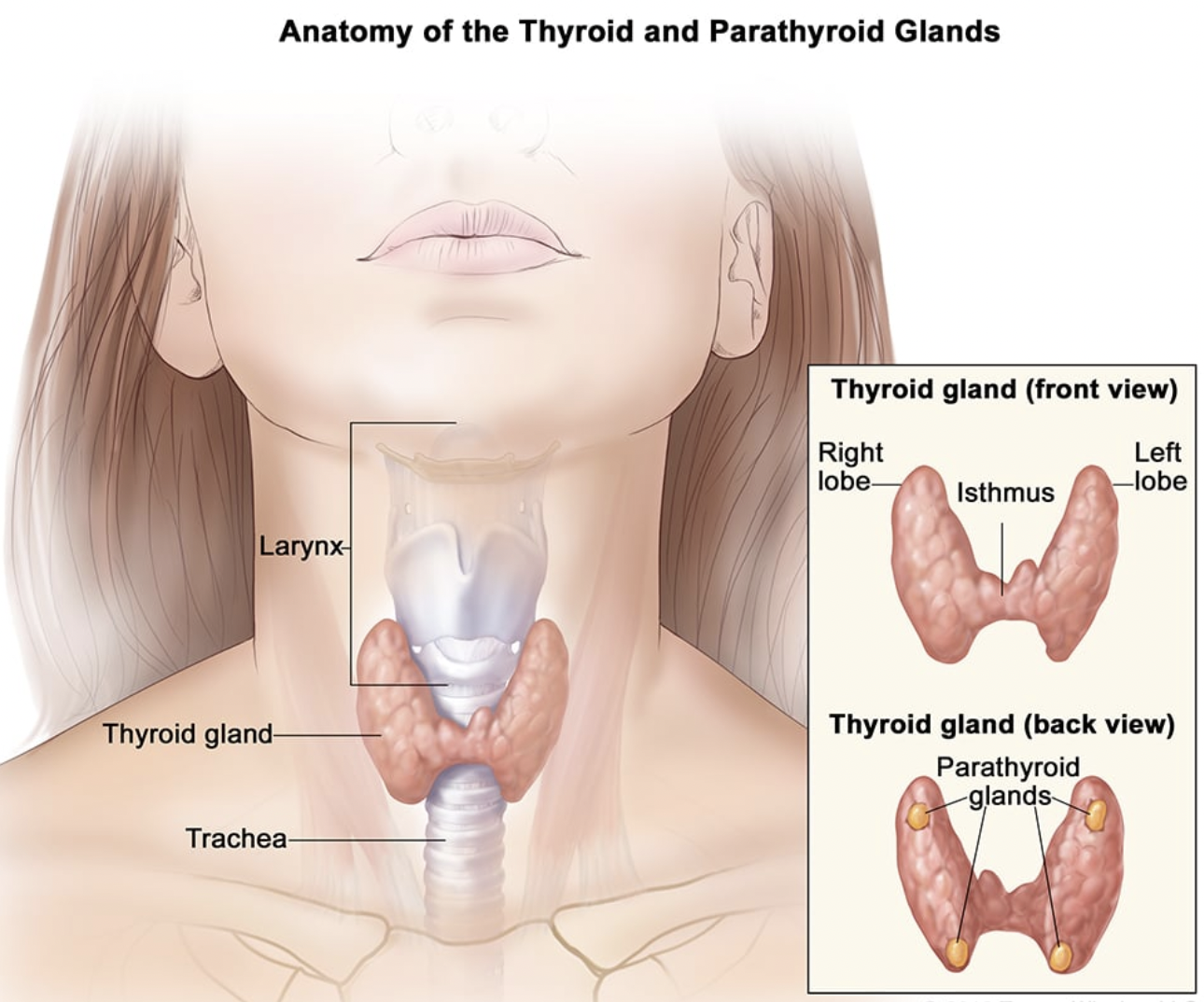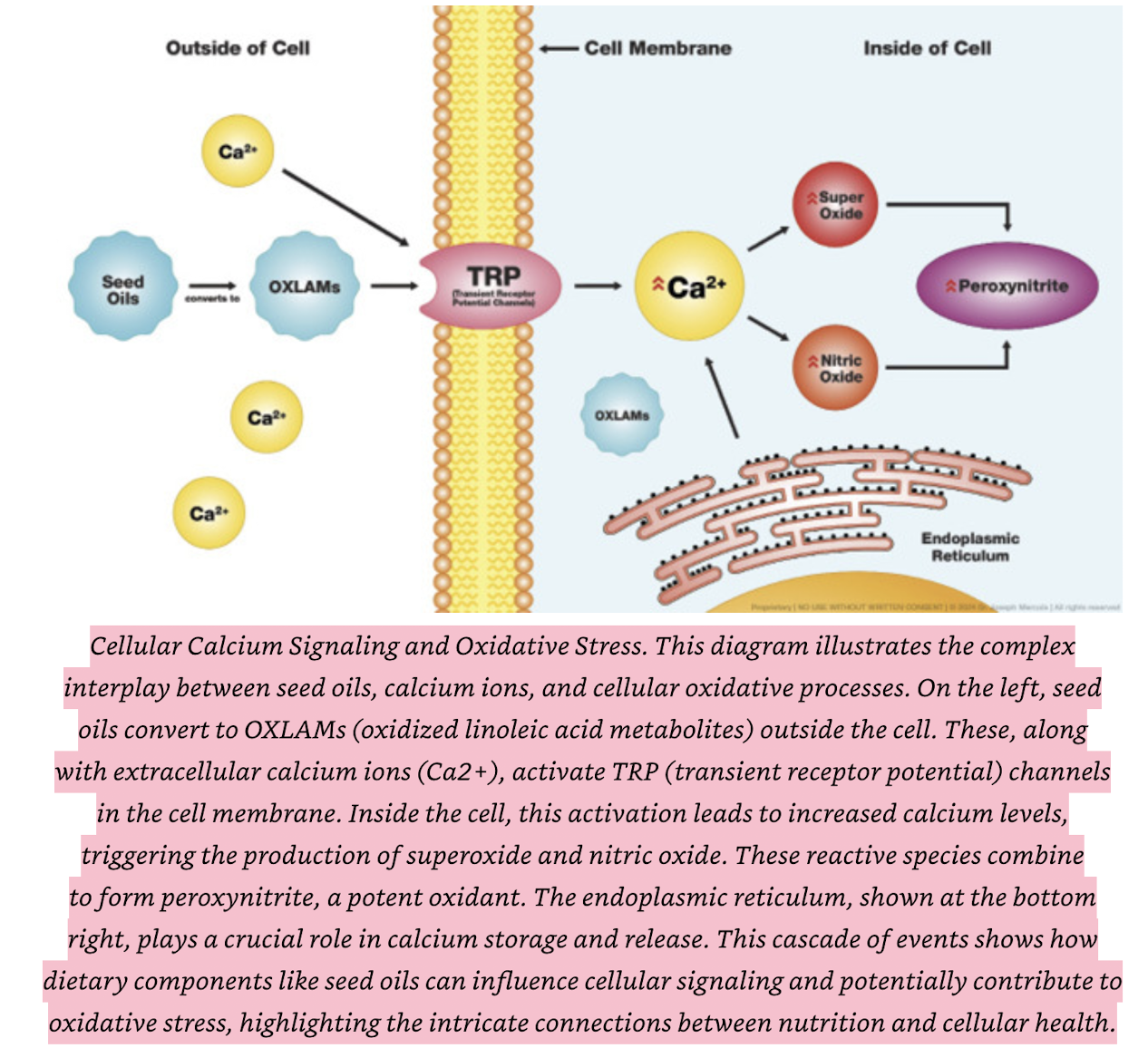Calcium Status Affects Metabolic Health
Calcium is the most abundant mineral in the human body with over 99% residing in the bones and teeth. The regulation of calcium is not only important for maintaining these structures but also energy production and preventing a host of chronic diseases. In today’s post I’ll discuss the necessity of dietary calcium and how it's dysregulation is anti-metabolic.
TLDR:
1. Lack of dietary calcium or excessive dietary phosphorus are the core disruptors of calcium homeostasis and their ideal ratio is 2:1 in the blood
2. Raw diary or calcium supplementation is especially important to balance high phosphorus foods like meat, beans and legumes and food preservatives (just eliminate these)
3. Parathyroid hormone, Prolactin, Vitamin D and Calcitonin play crucial roles in regulating blood calcium levels as do dietary intake of Vitamin A, Vitamin K2 and Magnesium
5. Stressors like oxidative stress, high parathyroid hormone, high prolactin, high adrenaline & cortisol, high estrogen, endotoxin (from the gut), seed oils and nnEMF all increase intracellular calcium disrupting energy production
About two weeks ago I was getting IV NAD+ next to a 48 yo man who had just been released from the hospital with a mystery disease. For three months he couldn’t eat and had lost 40 pounds. As I was listening to his story there were some odd incongruencies his doctors told him. They didn’t know the root cause of the problem, but they did know his serum calcium and serum parathyroid hormone were high. They assumed (correctly) the elevated calcium was caused by the elevated parathyroid hormone. And that elevations in serum calcium were causing calcium overload that were shutting down his pancreas (also correct).
This was interesting because I had a friend two years ago that was hospitalized with the same circumstances. In both cases the patients were prescribed drugs to block calcium and parathyroid hormone. Additionally they wanted to surgically remove the parathyroid glands. In their estimation, the parathyroid glands broke and need to be removed. However, there is a simply fix here that doesn’t involve a pill or a knife.
There’s a complex interplay between different hormones, vitamins and minerals to regulate calcium in the body. Ideally, calcium is maintained outside the cell in the extracellular space. Too much calcium moving into the cell causes severe oxidative damage that inhibits energy production in the mitochondria.
Calcium can stimulate nitric oxide production in the mitochondria to induce cytochrome c dissociation
It can cause cardiolipin peroxidation
It can also induce mitochondrial permeability transition pore opening, leading to the release of cytochrome c and antioxidative enzymes
The oxidative stress caused by calcium overload can further disrupt calcium homeostasis, creating a self-amplifying cycle of cellular damage and energy depletion. It is through these mechanisms that calcium overload directly inhibits energy production.
However, many other conditions arise from this calcium disregulation including calcium deposits in arterial plaque, bone mineral loss leading to osteoporosis, tooth decay and cavitations.
The parathyroid gland is responsible for maintaining calcium homeostasis and does this by sensing serum calcium levels through calcium-sensing receptors (CaSR) on chief cells. If calcium drops too low, parathyroid hormone (PTH) will be released from the gland. PTH directs storage Vitamin D (calcidiol) to convert into active vitamin D (calcitriol) that then increases calcium absorption in the intestines and, to some extent, in the kidneys.
What happens if the diet is low in calcium so there’s no calcium to be absorbed in the intestines?
PTH pulls it from the bones and teeth. As the calcium enters the blood the parathyroid gland lowers production of PTH homeostasis is maintained.
What decreases PTH? Simple, eating diary. When there’s sufficient dietary calcium PTH is decreased and bones and teeth are maintained.
Foods high in phosphorus like meat, beans and legumes need to be balanced with appropriate calcium intake.
Another problem are processed foods with phosphate additives.
Processed meats (marinated or injected with phosphate additives)
Cola beverages (containing phosphoric acid)
Baked goods (using phosphate additives as leavening agents)
Fast food (over 80% of menu items in major chains contain added phosphates)
Convenience foods (frozen meals, chicken nuggets, etc.)
The ideal ratio of serum calcium to serum phosphate should be 2:1.
Prolactin really needs a dedicated article because it also has a complex regulatory mechanism involving a few hormones and neurotransmitters. But in short, high serotonin, low dopamine, high estrogen, and high stress hormones cortisol & adrenaline all raise prolactin levels. Because of this constellation I see prolactin as anti-metabolic.
Prolactin should only be elevated during lactation and if a breastfeeding mother doesn’t get enough dietary calcium this leads to the old-wives tale issue “Gain a child, loose a tooth”.
Low storage Low storage Vitamin D (calcidiol) status, usually below 40ng/dL D (calcidiol) status, usually below 40ng/dL can trigger PTH release. Thus lack of sunlight can be a trigger for PTH.
Additionally, seed oils, xenoestrogens and endotoxin (bacterial overgrowth in gut) all contribute to intracellular calcium overload and the subsequent depression of cellular energy.
By the way, the reason near-infrared light is so effective for upregulating mitochondrial function is that it clears the nitric oxide buildup (due to calcium overload) from Cytochrome C Oxidase (Complex 4).
And, carbon dioxide is the endogenous antioxidant, produced in the mitochondria, for neutralizing Peroxynitrite.
ACTION ITEMS
Get enough calcium ideally through raw dairy if you can tolerate it. If not, take a calcium with magnesium supplement. Recommended daily allowance 1200mg.
Balance your meat/beans/legumes consumption with calcium and eliminate preservatives.
Get enough sun for your Vitamin D levels to be above 40 and if you can’t, supplement until your there and make sure it contains Vitamin K2.
Lower prolactin by getting your serotonin down and dopamine up. The above practices will naturally increase dopamine and lower serotonin along with appropriate exercise.
Eliminate seed oils, reduce xenoestrogens and reduce nnEMF.
A blood test for calcium, phosphorus, vitamin d, prolactin and PTH will help you understand your calcium status. Use this tool to understand your results.
A DEXA scan will help you see your bone mineral density.
To your health, Jonathan
This is for informational purposes only and should not replace professional medical advice. Consult with your physician or other health care professional if you have any concerns or questions about your health.





